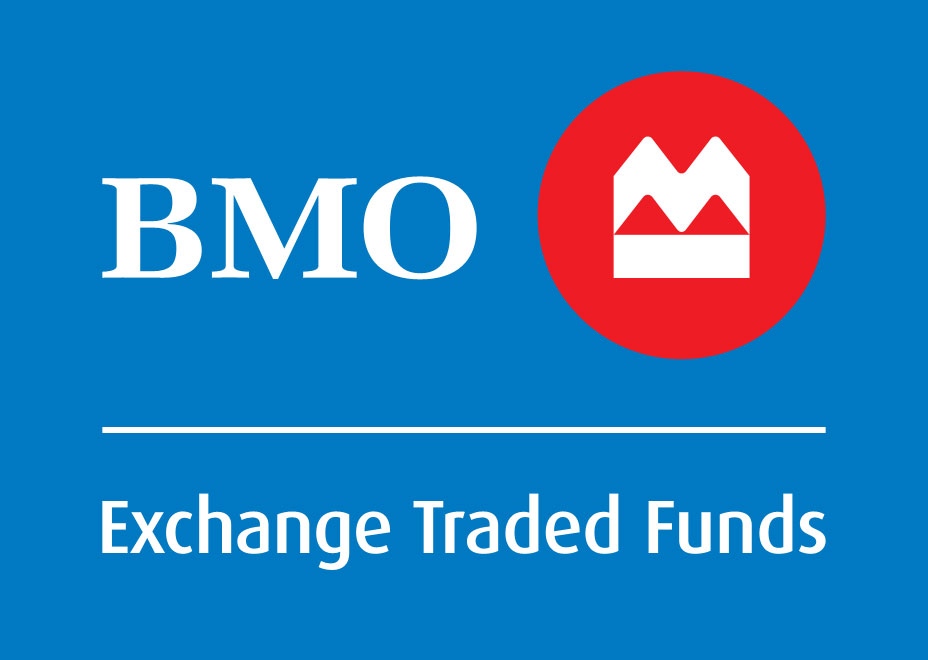Feb 17, 2024
Why index-tracking ETFs can be a key part of your portfolio
Presented by:


Over the last few years, Canada’s marketplace for exchange-traded funds (ETFs) has become crowded with hundreds of exotic offerings. While having more choice is always welcome, there’s still plenty of value in tried-and-true index ETF investing.
At the end of November, traditional passive products accounted for the majority of assets under management (AUM) in the ETF space. For instance, the BMO S&P 500 Index ETF (ZSP) which tracks the S&P 500 Index, is the largest ETF in Canada, with over $14 billion in AUM, as of December 31 2023.1
The popularity of index ETFs is evidenced by these types of ETFs experiencing some of the largest inflows in the Canadian ETF market. “All those benefits that ETFs bring to the table – diversification, low fees, liquidity – index investing amplifies them,” says Danielle Neziol, vice president of ETF online distribution for BMO Global Asset Management.
The index ETF advantage
One of the main benefits of index ETFs is that they provide instant access to broad markets in a cost efficient way, offering portfolio diversification within a single trade. They’re used by many investors who don’t want to get into the weeds of individual stock selection. The continued popularity of index investing has also been supported by research, which shows that passive investing can keep pace fairly well with active managers’ returns, especially over longer periods of time.
For years, S&P Dow Jones Indices has tracked the performance of actively managed funds compared with passive indexes through its indices versus active (SPIVA) scorecards. These reports have shown that only as many as half the active, stock-picking managers in a particular market can outperform the index over one or two years. Over 10 years, the number of active managers that can outperform their benchmark index falls below 15 per cent.2 What this tells investors is that stock picking is difficult, which is why so many do-it-yourself investors elect to buy an index via an ETF, rather than trying to pick stocks for their portfolios.
“What the numbers show you is that the longer you’re invested, the harder it is for stock pickers to beat the broad market,” Neziol explains. That happens for several reasons. Different sectors and investing styles will generate outsized returns for a while, then give ground to other corners of the market.
For example in 2023, when a handful of mega cap stocks provided much of the market’s growth, owning a broad-based, market cap weighted ETF allowed investors to capture this upside.
Index investors are also aware of the low fee cost structure that most index ETFs carry. Index funds which capture broad market returns can charge as little as one- tenth or one-twentieth of a percentage point per year.3 BMO’s ZSP, for instance, charges 0.09 per cent. Lower fees translate to more returns in investors’ pockets at the end of the year, which adds up over time.
Simplicity is an asset
The Little Book of Common Sense Investing, a well-known publication on the power of index investing, says “Don’t look for the needle in the haystack. Just buy the haystack!”4
“I love the analogy because it’s true,” Neziol says. “You’re taking out all the guesswork.”
Still, investors face the question of which index funds to buy. Several S&P 500 funds are trading on Canadian stock exchanges, for example. Trusted providers with large, liquid ETFs, have gathered the most assets, based on investors’ preference to asset managers with proven track records and operational stability.
ZSP, BMO’s S&P 500 Index ETF, is not only the largest ETF tracking the main U.S. index in Canada, it’s been listed for 11 years and sees half a million units change hands daily on average.5 While ZSP is the unhedged version of the fund, you can find a Canadian dollar-hedged version (ZUE) and a U.S. dollar–denominated iteration (ZSP.U).
Keeping an eye on governance
Another benefit of working with a large ETF provider: BMO ETFs has a strong active ownership record.
BMO Global Asset Management’s Responsible Investment Team votes proxies on behalf of its investors using a responsible investing lens, with the goal of improving the long-term value of the companies within its ETFs. “That’s a big differentiator for us,” Neziol says.
For index access to the Canadian equity market, BMO offers the BMO S&P/TSX Capped Composite Index ETF (ZCN); for access to international equities BMO has the BMO MSCI EAFE Index ETF (ZEA) and the BMO MSCI Emerging Markets Index ETF (ZEM) provides index exposure to countries such as India and China.
“Those four ETFs [ZSP, ZCN, ZEA, ZEM] can make a pretty complete global equity portfolio,” Neziol notes.
Disclaimer:
1 Morning Star Direct, December 31, 2023.
2 US equity SPIVA Report, June 2023.
3 Morning Star Direct, December 31, 2023.
4 The Little Book of Common Sense Investing, John C Bogle, 2007.
5 Bloomberg December 31, 2023.
Any statement that necessarily depends on future events may be a forward-looking statement. Forward-looking statements are not guarantees of performance. They involve risks, uncertainties and assumptions. Although such statements are based on assumptions that are believed to be reasonable, there can be no assurance that actual results will not differ materially from expectations. Investors are cautioned not to rely unduly on any forward-looking statements. In connection with any forward-looking statements, investors should carefully consider the areas of risk described in the most recent prospectus.
The Index is a product of S&P Dow Jones Indices LLC or its affiliates (“SPDJI”), and has been licensed for use by the Manager. S&P®, S&P 500®, US 500, The 500, iBoxx®, iTraxx® and CDX® are trademarks of S&P Global, Inc. or its affiliates (“S&P”) and Dow Jones® is a registered trademark of Dow Jones Trademark Holdings LLC (“Dow Jones”), and these trademarks have been licensed for use by SPDJI and sublicensed for certain purposes by the Manager. The ETF is not sponsored, endorsed, sold or promoted by SPDJI, Dow Jones, S&P, their respective affiliates, and none of such parties make any representation regarding the advisability of investing in such product(s) nor do they have any liability for any errors, omissions, or interruptions of the Index.
The ETF referred to herein is not sponsored, endorsed, or promoted by MSCI and MSCI bears no liability with respect to the ETF or any index on which such ETF is based. The ETF’s prospectus contains a more detailed description of the limited relationship MSCI has with the Manager and any related ETF.
Commissions, management fees and expenses all may be associated with investments in exchange traded funds. Please read the ETF Facts or prospectus of the BMO ETFs before investing. Exchange traded funds are not guaranteed, their values change frequently and past performance may not be repeated.
For a summary of the risks of an investment in the BMO ETFs, please see the specific risks set out in the BMO ETF’s prospectus. BMO ETFs trade like stocks, fluctuate in market value and may trade at a discount to their net asset value, which may increase the risk of loss. Distributions are not guaranteed and are subject to change and/or elimination.
BMO ETFs are managed by BMO Asset Management Inc., which is an investment fund manager and a portfolio manager, and a separate legal entity from Bank of Montreal.
®/™Registered trademarks/trademark of Bank of Montreal, used under licence.